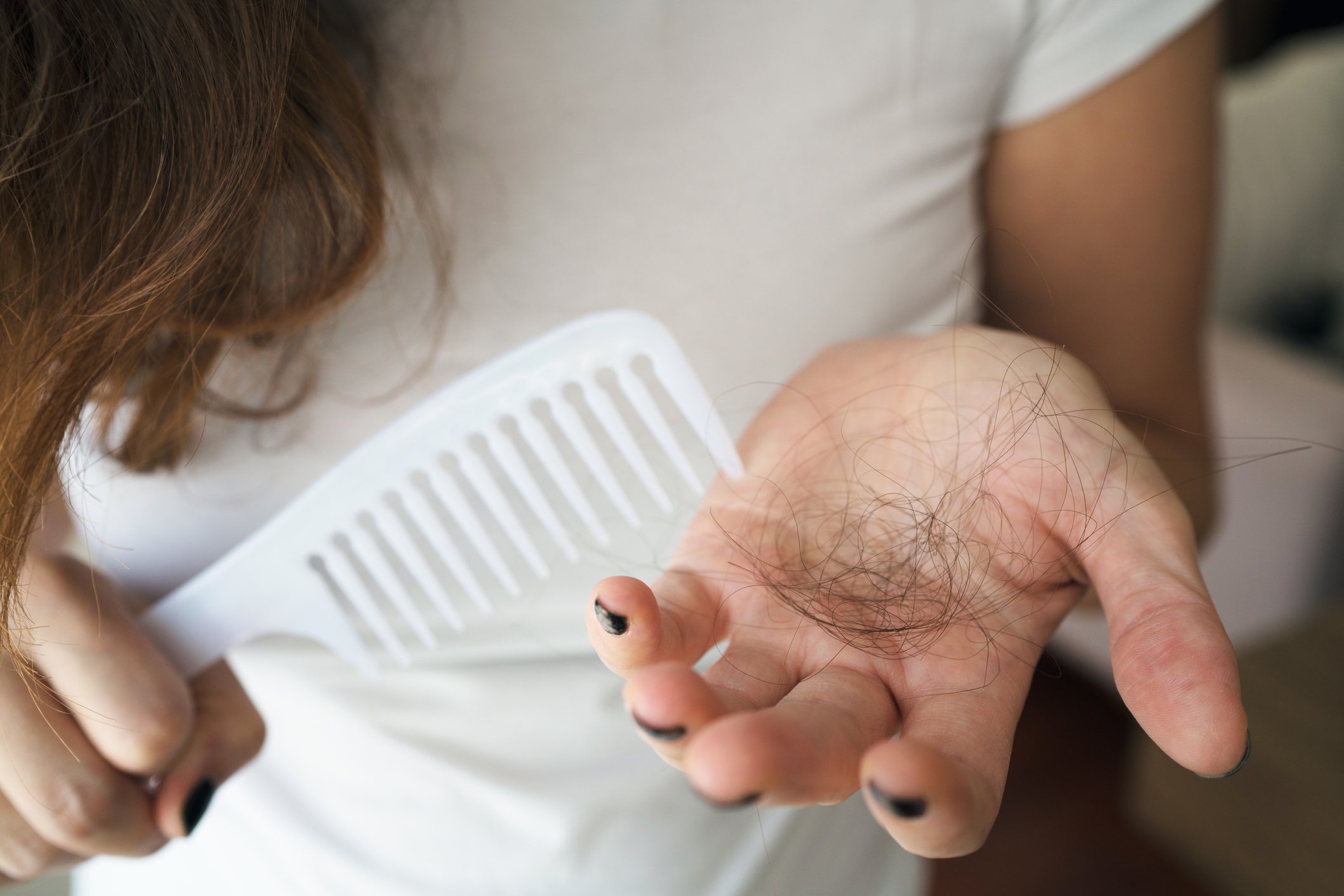5 Signs You Should Seek Hair Loss Treatment
Did you know that over 85 million Americans are affected by hair loss? That’s over 25% of the American population, and the experience can be devastating.
Both men and women suffer from disorders of the hair and scalp, and there are often a wide variety of factors involved. Understanding the signs and when it's time to start your hair loss treatment journey can help you take action early, preserving your hair and your self-confidence.
Here are the top 5 signs that it might be time to seek out a hair loss treatment plan and the next steps to take.
1. Increased Hair Shedding
While it's normal to lose some hair every day, excessive hair loss can indicate a more serious problem. This could be due to various reasons, including stress, hormonal changes, vitamin deficiencies or underlying autoimmune disorders. If you're concerned about shedding, it's important to visit a Certified Trichologist for an evaluation.
Trichologists specialize in disorders of the hair and scalp and can properly assess the problem and come up with the best solution for your specific needs. These might include hair loss shampoos and other topical hair and scalp treatment products, nutritional supplements or laser devices.
2. Thinning Hair
If your hair is thinning all over and you can see more scalp than usual, this could be a sign of hair loss known as diffuse thinning, and it can affect both men and women.
Most people who experience diffuse hair loss notice a loss of more than 50-100 hairs a day, with shedding all over the scalp, rather than in a specific area.
Often referred to as Telogen Effluvium (TE), diffuse hair loss can have many causes, including stress, shock, high fevers, surgery, COVID, childbirth, thyroid disorders and sudden weight loss. The good news is, this type of hair loss tends to be temporary, with regrowth appearing about three to six months after the initial cause has been addressed.
Again, it’s recommended to schedule a consultation with a Certified Trichologist, who will perform a thorough evaluation of your hair and scalp. The specialist will recommend a personalized treatment plan, which may include medications, hair restoration surgery or low-level laser therapy.
3. Receding Hairline
A receding hairline can be a sign of hereditary hair loss, especially in men. This type of hair loss is often referred to as androgenetic alopecia (AGA) or male pattern baldness, and it affects the front and top of the scalp. A receding hairline can be due to genetics, hormonal changes or aging. In women, it may also be hereditary, but is often caused by hormonal changes.
Hair restoration surgery may be an option, although medications and low-level laser therapy are often recommended as the first line of treatment.
4. Bald Patches
If you have developed bald patches on your scalp, this could be a sign of hair loss. This type of hair loss is referred to as alopecia areata, and it can also affect both men and women.
Bald patches can be caused by autoimmune disorders, skin conditions or fungal infections. It is recommended to see a doctor for this, who may prescribe steroid shots or creams to slow down the progression.
5. Family History of Hair Loss
If you have a family history of hair loss, you may be more likely to experience hair loss yourself. Genetics play a significant role in hair loss, and if your family members have a history of hair loss, it's important to seek out treatment early.
The next step, once again, is to visit a hair loss specialist, who will perform a comprehensive evaluation and recommend a personalized treatment plan. The specialist will take into account your family history, your medical history and your lifestyle to develop a treatment plan that is tailored to your individual needs. Often, products with natural DHT blocking ingredients such as Serenoa Repens and Saw Palmetto are recommended.
I’m often asked how effective is hair loss treatment and are hair loss treatments safe? Overall, hair loss treatments are well tolerated and quite safe. However, when embarking on any hair loss treatment plan, remember to be patient. Hair growth is a slow process, so it will take time to see the expected results. It’s important to be consistent with your treatment plan and aim to stay on the recommended protocol for at least six months (if not longer) before evaluating your results.
Interested in an in-office or virtual assessment using The Gordon Method of Hair & Scalp Analysis™? Click here to schedule. The sooner you identify the underlying cause of hair loss and start a treatment plan, the better your results will be!







